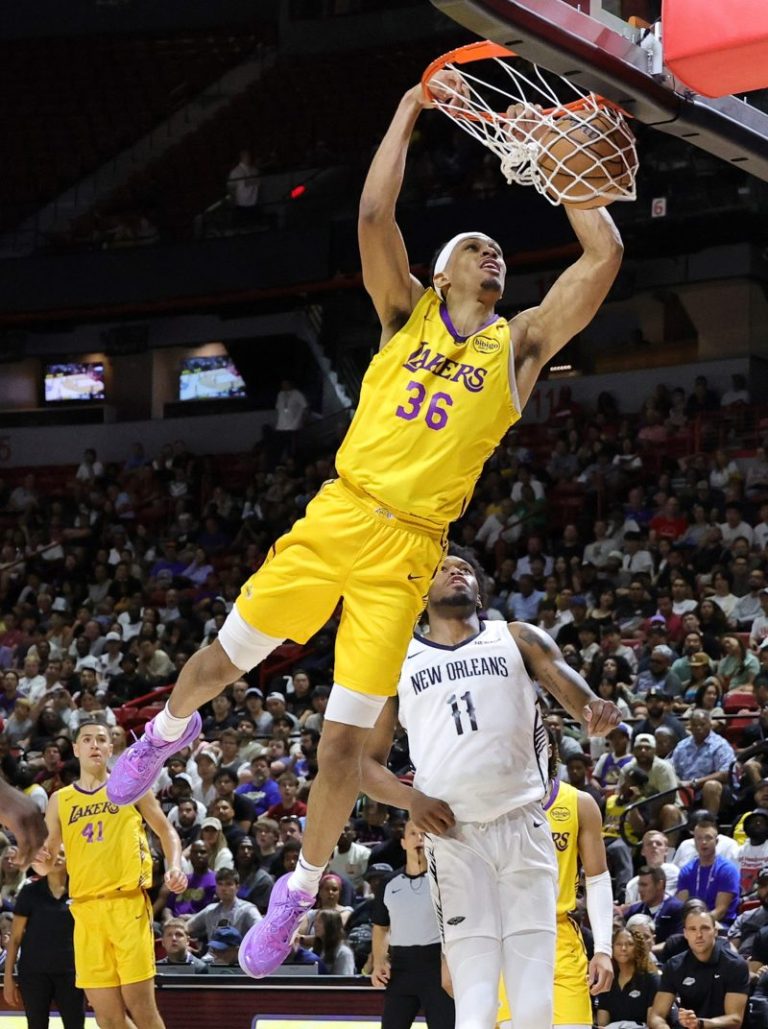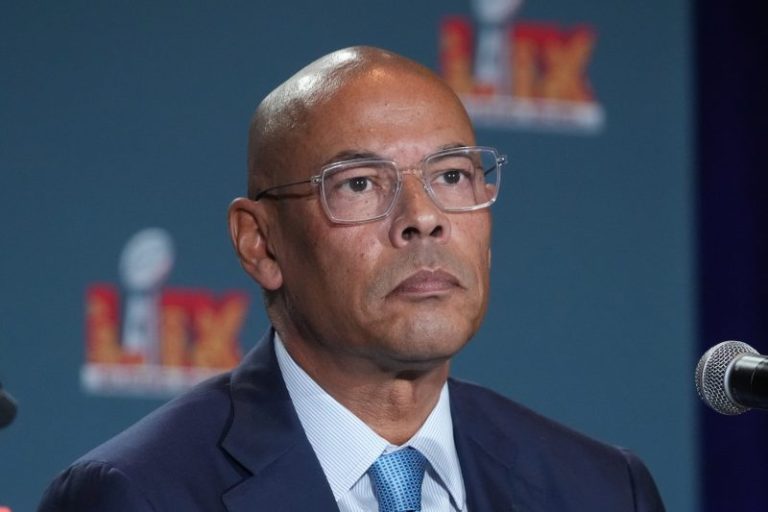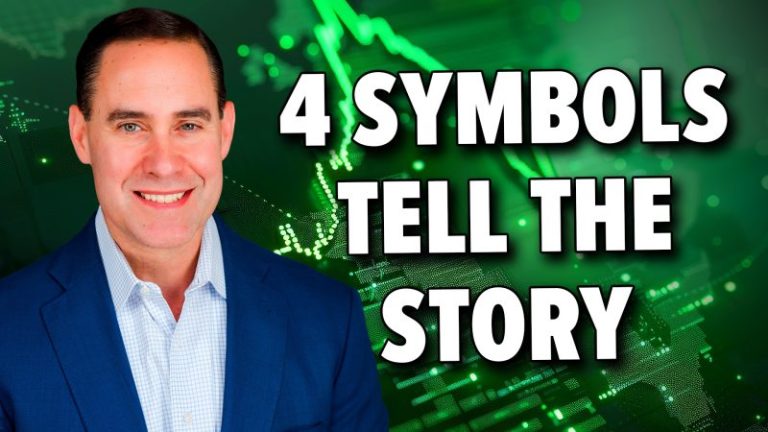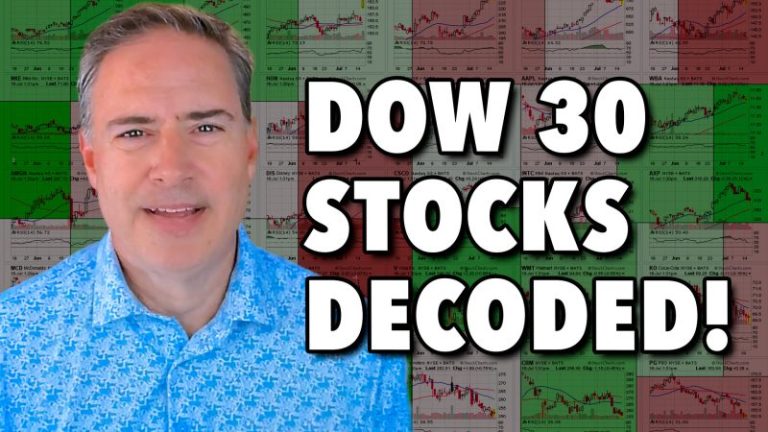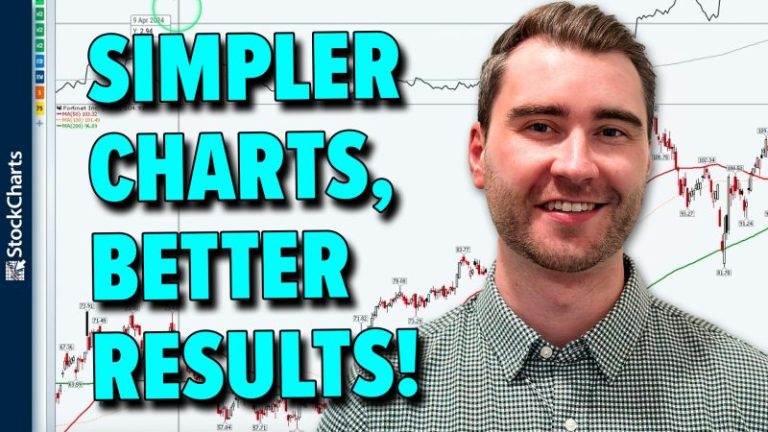NEW YORK — On a roster which includes the iconic Aaron Judge, and fellow All-Stars Jazz Chisholm Jr. and Max Fried, perhaps the most pivotal player in the New York Yankees’ pursuit of a 28th World Series championship just may be Devin Williams.
After some rough patches, Williams, a two-time All-Star and 2020 NL Rookie of the Year, has been on a roll – reclaiming the closer spot, and in the process displaying the moxie which enticed the Bombers to acquire him from the Brewers in December.
Williams started his Yankees career off poorly with a 9.00 ERA through his first 12 outings (10 earned runs in 10 innings), nothing like the 1.83 ERA he posted across his first 241 career games.
He lost the Yankees’ ninth-inning job temporarily, but has looked like himself in recent weeks, racking up 33 strikeouts to just four walks with a 1.90 ERA in his last 25 games, notching nine saves and five holds.
Closing inherently forces you to face excruciating losses head on. But, contrary to the popular belief that the closer must possess a short memory, Williams digests each of his outings.
“I remember everything – good or bad,” Williams told USA TODAY Sports. “It’s being able to compartmentalize and move on from that more so than necessarily having a short memory.”
It was a big adjustment moving from Milwaukee to starring on the brightest stage in New York.
“I think the outside noise can obviously be louder here,” said Williams. “That’s just New York in general. There (are) more opinions here, and if you feed into that, it can lock you up mentally. I think that’s what the good ones do – they just block out everything.”
And while there have been vocal detractors, fans and media alike, Williams seems mostly happy with the way he has been received, “It’s been good and bad, (but) for the most part it’s been good,” said Williams. “In person, people are very encouraging.”
Williams said that encouragement has positively impacted his play.
“I always have a little bit of butterflies in every appearance until I get to the mound and throw my first warmup pitch, and then I’m good,” said Williams.
“They (the fans) bring a lot of energy and I feed off of that. I feel like internally I’m very amped up, but on the outside, it looks very calm, almost nonchalant, I guess. But yeah, definitely, I feed off the energy they have here.”
Of late, the performances from the man dubbed “The Airbender” because of his signature changeup, have provided the Yankees faithful with a myriad of reasons to supply additional energy.
“I’m extremely confident,” said Williams. “I think it took a little bit of an adjustment period here – wanting to show what I can do, how I can help. I think I just tried to do a little too much and kind of lost who I was in the process. I’ve gotten back to that over the last two and a half months.”
Yankees broadcaster Paul O’Neill noticed the change in Williams, and is bullish on the future of the 30-year-old St. Louis native.
“He’s in a much better spot now than he was earlier in the year,” said O’Neill, who began his career in Cincinnati, before winning four World Series with the Yankees. “There’s always a transition coming to New York, but believe me, I think coming down the stretch here, he’s going to be as good as ever.”
Williams’ dominance is linked to his primary pitches – the masterful changeup, which features an extremely high spin rate, and an effective fastball.
His impressive arsenal of pitches, which also includes a cutter and sinker, has allowed Williams to post strikeout rates of around 40% during the past three full seasons.
“I didn’t have very good numbers (against) him,” said Yankees teammate Paul Goldschmidt, who is 1-for-10 with six strikeouts against Williams. “That changeup obviously is his calling card, but he throws 95 miles an hour too. He does a good job of keeping you off balance.”
Goldschmidt called Williams “a great teammate,” and the reliever has been thrilled to team up with the seven-time All-Star first baseman, as well as the rest of his Yankees teammates in New York.
“I am happy, I love New York City,” said Williams.
Still, it may be one and done for Williams in New York.
He will be an free agent after this season, and what his 2026 work address will be is anybody’s guess.
But while he is here, Williams will work hard to have his New York tenure remembered less for being the guy who busted the Yankees-imposed beard ban, and more for closing big games.
“I would love to be the guy to finish off the World Series; and bring another championship to New York” said Williams. “That’s the goal, right?”
This post appeared first on USA TODAY

